DriDanube - Drought 2017 in the Danube region – a bitter reminder of our unpreparedness
03-10-2017
In 2017, significant parts of the Danube region were hit by drought that affected different water-dependent economic sectors, vegetation and the water resources. Many people still consider drought as a rare phenomenon in our region but in fact it is becoming regular feature of the climate. 2017 was just the latest in a series of significant drought events which also occurred in the region in 2015, 2012, 2007, 2003, etc.
The 2017 drought already started with a very dry winter over most of the Balkan Peninsula. Later in the year, all countries in the Danube region reported significant impacts of this year’s drought that lasted throughout the summer period (June – August). The most affected areas in the region were: belt area stretching from southern Slovenia along the Adriatic Sea to western Greece, far eastern part of Danube region, covering central Romania and the entire plain area of the Danube river mouth and southern and northwestern Pannonian Plain area.
Development of the drought from June – August 2017 (source: ARSO, Space.si)
*The normalized difference vegetation index (NDVI) shows photosynthetically active vegetation and deviation from the average.
Picture 1: NDVI June 2017
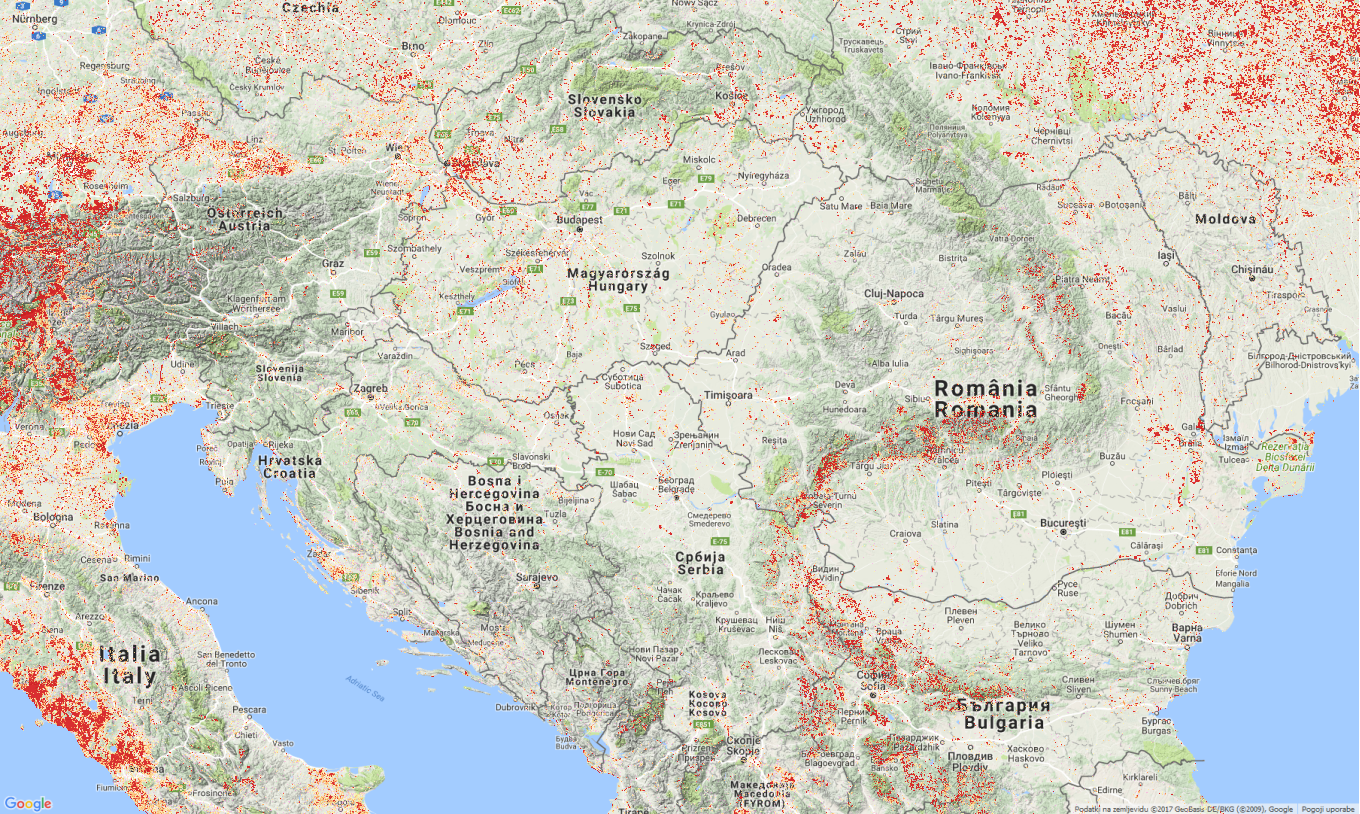
Picture 2: NDVI July 2017
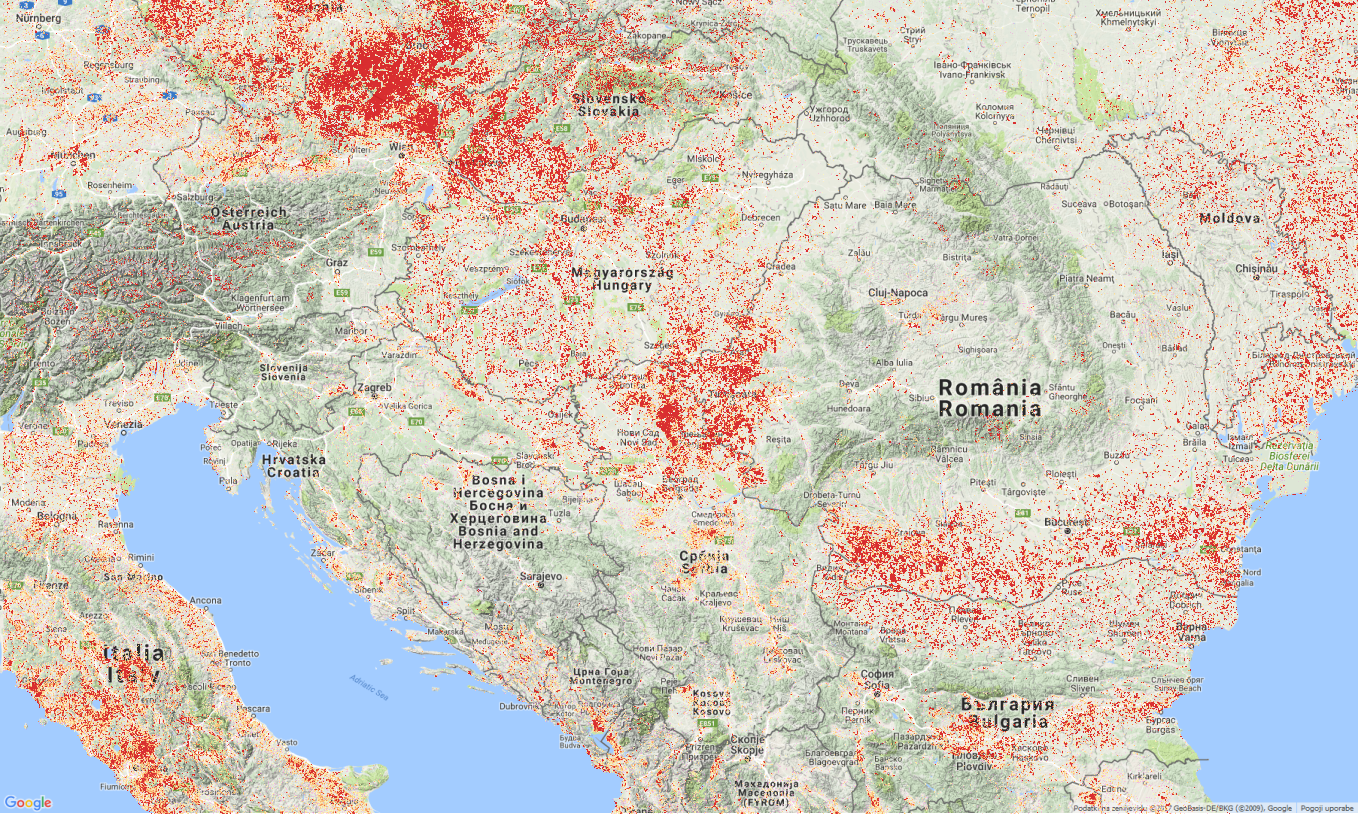
Picture 3: NDVI August 2017
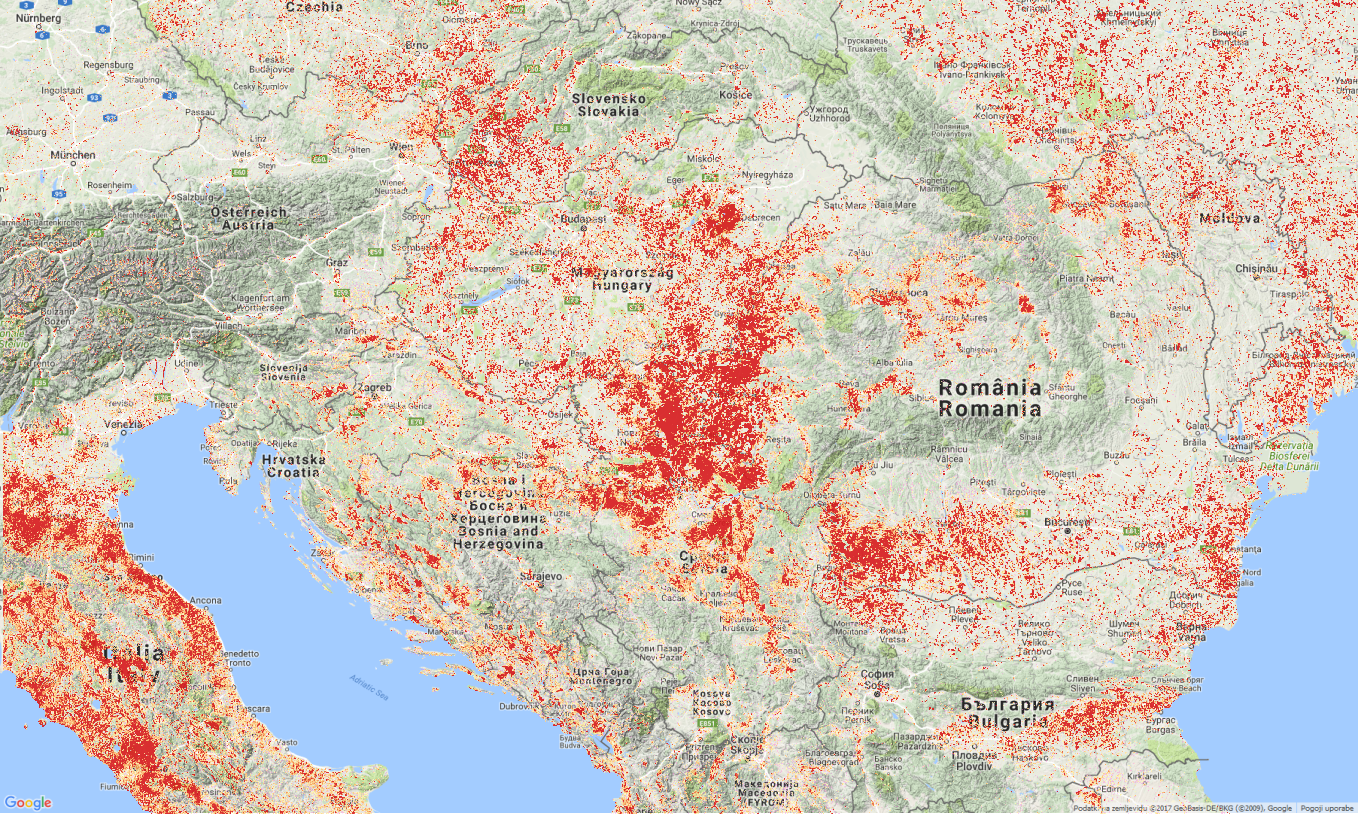
The absence of precipitation from June to August, accompanied by the effects of very high temperatures in this critical period for crop development caused:
· heavily reduced crops yield in all countries of the region (maize, vine, sunflower, olive trees, fruit yield, grassland, etc...),
· reduced alfa yield and consequent shortages of animal feed which presents challenges for livestock breeding,
· drying up of springs, wells, lakes, rivers and even reduced groundwater level,
· local water supply shortages,
· creation of an island in lower Danube region due to alarmingly low stream discharge,
· negative effects on livestock farming, fish farming and bee-keeping.
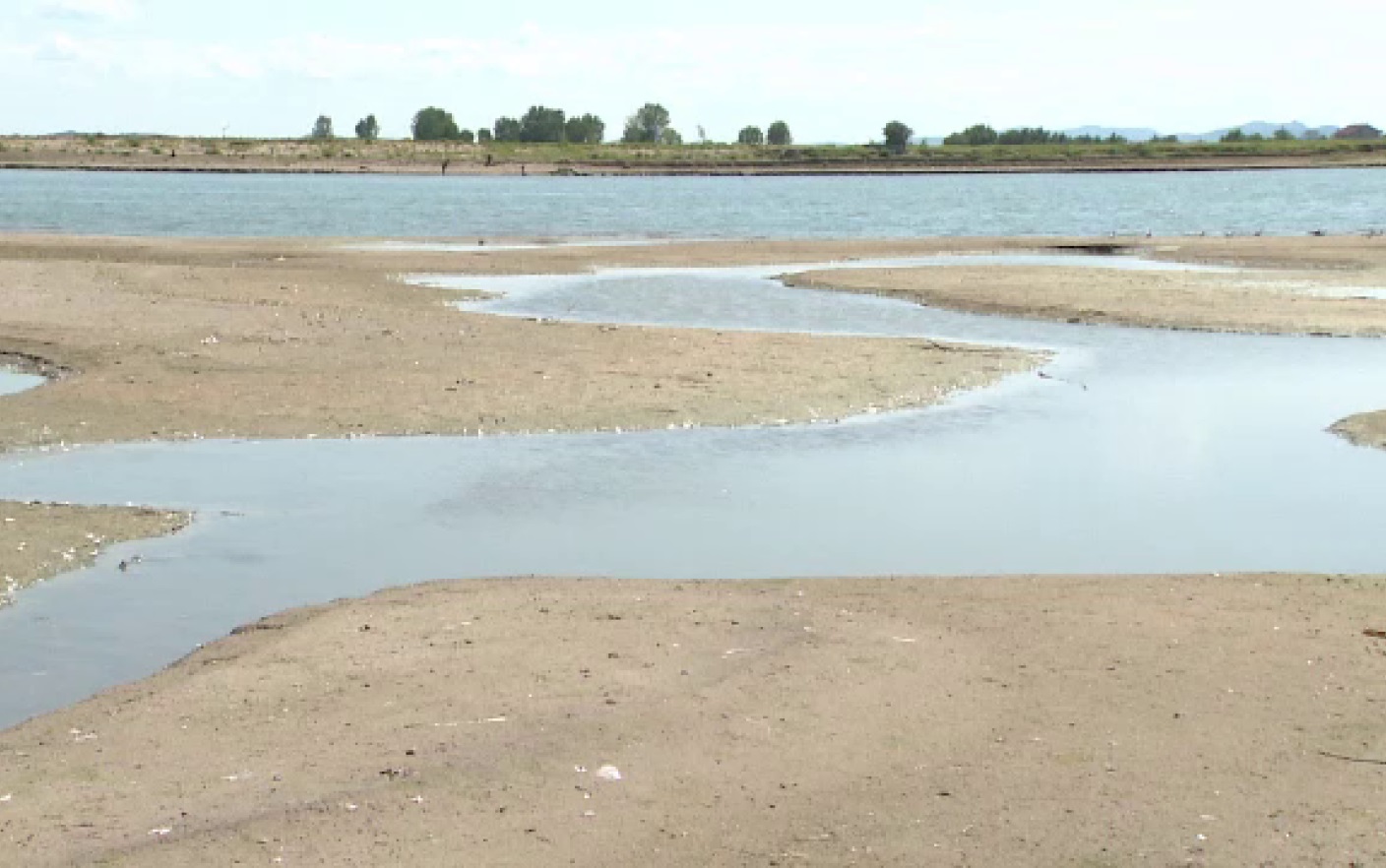
Danube water flow has decreased by half compared to the normal level due to the 2017 drought (Galati county, Romania; source: NMA)
This year’s drought has caused again serious problems, the damage it has left behind speaks for itself. For example, the total damage is estimated at around 110 million EUR in Slovenia and 128 million EUR in Croatia.
Even though drought events are becoming more frequent and intense in our region, it still seems that each time they catch us unprepared. We remain reactive in our actions, and measures are carried out only when drought has already developed.
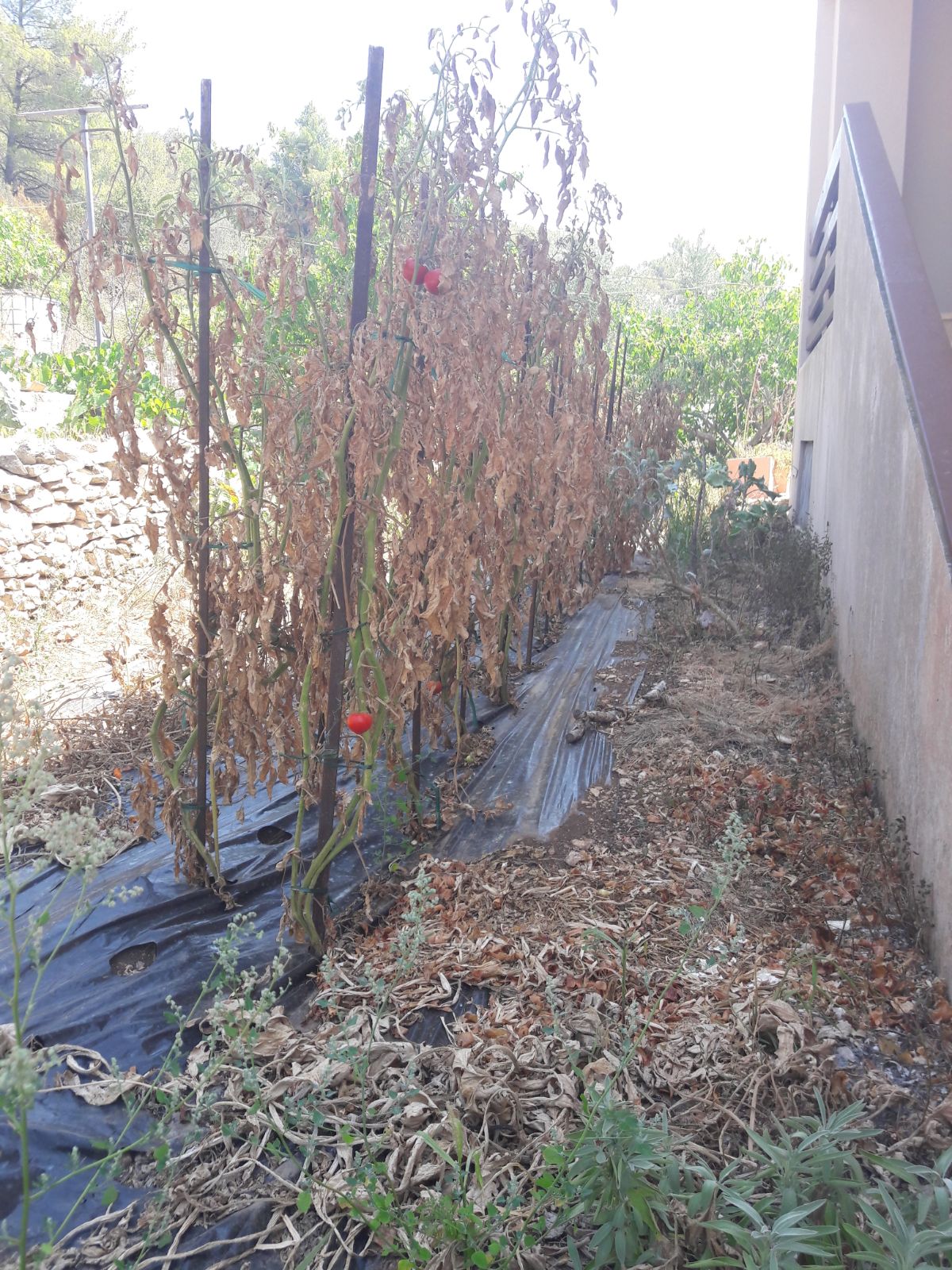
Dry tomatoes (Korčula, Croatia; Ivo Marinović Šarenko)
It is time that we break this “cycle” and become more pro-active in our aim towards better management of drought. The change we want to make with the DriDanube project is exactly that; to move from recovery to protection, from crisis management to risk management, from reactive to proactive actions. Creating a common drought monitoring service, a synchronized methodology of assessing drought impacts & risks and a drought management strategy will improve decision-making processes on national and regional levels. These practical tools could help us all to get better prepared for the future drought events and get ready to tackle the drought before it tackles us first.
